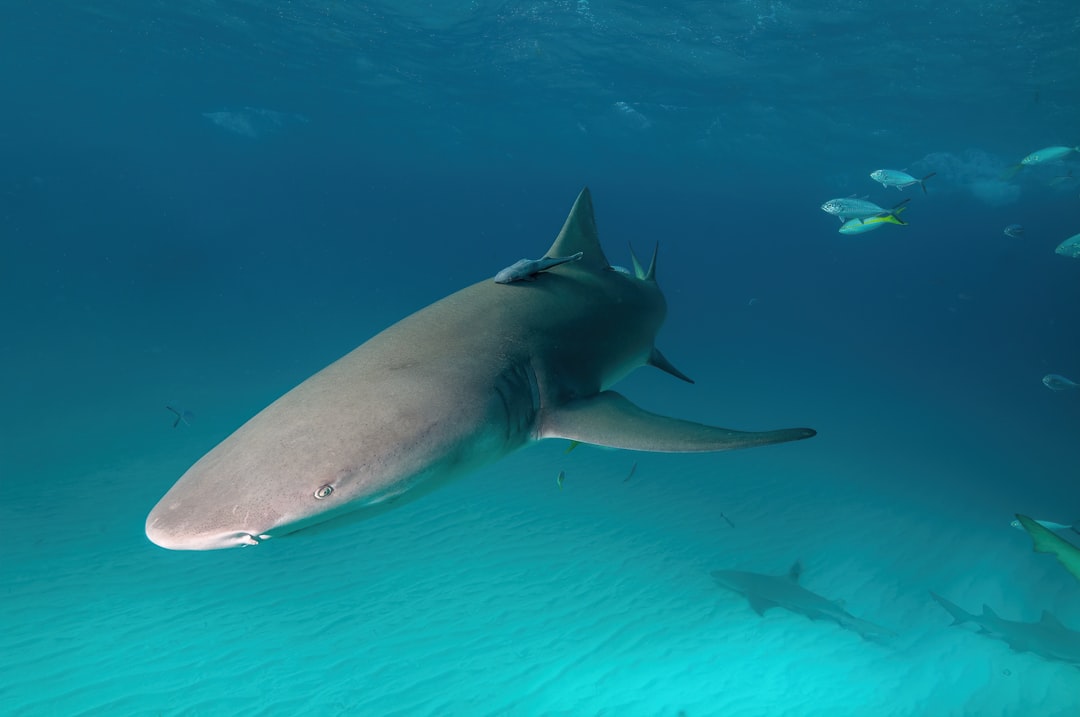What is it about?
The Lebanese coast is highly subject to seawater intrusion and groundwater deterioration. The study is carried out in Byblos district (Jbeil Caza) 35 km north of Beirut. It aims to investigate the seawater intrusion, to determine the regional water balance of the region and finally to estimate the economic value of that water for agricultural use. The monitoring of the aquifer was achieved through samples from different wells chosen randomly. As for the regional water balance, it was determined with use of a GIS model. The economic evaluation was carried out, using the contingent valuation method to estimate the willingness to pay of farmers to contribute to the improvement of groundwater quality; two alternative scenarios were proposed and compared with the current situation. The annual regional water balance is positive, which means that the region is rich in water. The monitoring results show that the coastal part of the region is slightly contaminated by seawater intrusion due to the excess of pumping from the aquifer. The economic evaluation estimated that farmers would contribute by 102 US$ yr−1 for the first proposal and 166.67 US$ yr−1 for the second.
Featured Image
Read the Original
This page is a summary of: Regional Water Balance and Economic Assessment as Tools for Water Management in Coastal Lebanon, Water Resources Management, December 2008, Springer Science + Business Media,
DOI: 10.1007/s11269-008-9385-y.
You can read the full text:
Contributors
The following have contributed to this page










